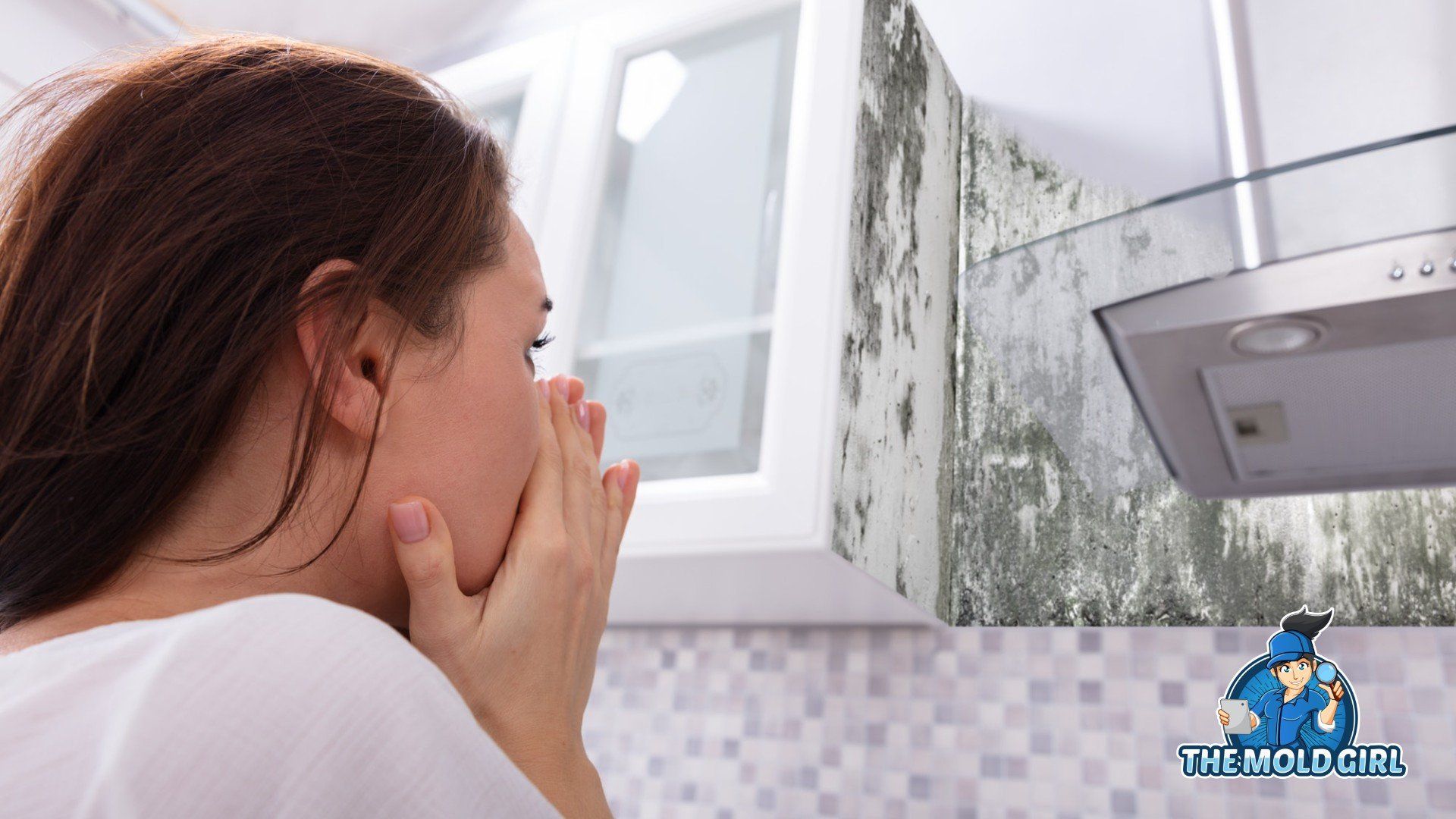Did you know that the EPA ranks Indoor Air Pollution as one of the top 5 environmental dangers? Pediatric asthma rates have increased as much as 72% and we are seeing more and more children with severe allergies. On average you inhale 15,000 or more quarts of air per day, 90% of which comes from inside! Now mix all of these facts together and you have our topic of the day, Sick Building Syndrome and Building Related Illness. A fun topic at hand, probably not for most, but something we should discuss and be aware of, ABSOLUTELY.
Sick Building Syndrome and Building Related Illness are essentially the same, however, there is one defining difference, identifiable cause. In both of the above, time linked to being indoors in a given location is said to cause the occupant or possibly a group of occupants to become ill. In Building-Related Illness the cause is identifiable or known, however, Sick Building Syndrome is a tad more frustrating as there is no known cause. Both are serious, and both affect thousands if not hundreds of thousands daily. Let’s take a closer look at both to begin to uncover what they are in more detail.
In Sick Building Syndrome as we stated above, a group of occupants of a particular building or space has a variety of non-specific acute symptoms or comfort complaints to which no identifiable cause can be ascertained. Essentially you go into a building get sick, and can’t figure it out. Numerous studies have been done to study Sick Building Syndrome, and when a building is in fact “sick”. In one study done by the EPA, they noted that nearly 30% of new and remodeled buildings have complaints of poor IAQ. The EPA then studied over 100 buildings to determine what is “normal” which can be used as a reference guide if you think your buildings may be “sick”. Let’s think of the average office for a minute to further this idea. On any given day in a large office you will have some workers that have a headache, some that may be tired from a previous day, stressed due to an upcoming deadline, or have a cough due to allergy season. Essentially, in a normal building, you will always find a person or group of people that are sick. When does this signal something? You could again further the idea and say that an investigation should be done if a section or wing of workers are all sick. Wouldn’t an “area” of workers indicate there is an issue in a particular space in the building? Again not necessarily, as if those workers are in close proximity they are most likely sharing the same germs, and have the same environmental stressors such as a job deadline. As you can see Sick Building Syndrome itself is not easy to diagnose and therefore is often used as a loose term as it is when we think something is going on, but again it cannot be proven.
Time to now jump to the opposite end of the spectrum, and to something that can be proven, Building Related Illness. Unlike Sick Building Syndrome, in Building-Related Illness, we can identify the cause, and therefore remedy it. A great example of this is Legionnaires. Legionnaires is atypical pneumonia caused by Legionella bacteria. It can be clinically diagnosed by a doctor and can be identified in a buildings water system and then treated. While there are numerous Building-Related Illnesses, most can be divided into four categories being Airborne Infectious Diseases (Cold, SARS, and Influenza), Cancer (in homes with elevated radon levels), Toxic Reactions (high levels of carbon monoxide) and the most common Hypersensitivity Diseases (asthma and allergies). While some symptoms disappear when you leave the building or the cause in the building is treated/removed, others have long-lasting effects.
Personally, I have performed assessments on commercial and residential structures in which a cause could be found for the homeowner’s illness, and to which no cause could be
found.
I will never forget the home I showed up to in which the wife was crying and was afraid that I would not be able to find the cause of why she was now waking up coughing and sneezing every morning. The wife had recently moved bedrooms but had tirelessly turned the room upside down in order to figure out what was going on coming up empty-handed. Luckily (in a weird way as no one wants mold found), I was able to uncover a small area of microbial growth that perhaps would not have affected anyone else but created havoc for her. She was then able to have a remediation company clean the area, and have her doctor make the connection from the lab results that yes, this fungal growth was, in fact, affecting her. I have also had the homeowner to which no elevated levels of anything could be found, had great overall indoor air quality in all aspects, and their symptoms were so generic (headaches) that even their doctor could not diagnose the cause. For this homeowner, the house was a vacation home so they were able to note differences in their symptoms particularly when they visited over the summer, but again no cause could ever be found. Unfortunately, this was an example of Building-Related Illness to which there was no remedy or so to speak “easy answer”.
As you can see Sick Building Syndrome and Building Related Illness are very diverse, sometimes easy, and sometimes difficult to diagnose. The only facts in both are that they do affect many if not thousands of homeowners and workers daily and that if you think you have one, you need an Indoor Environmental Consultant that will listen, gather all the facts about both you and the building, and has an arsenal of tools to conduct the assessment and inspection. If you think you may possibly be working or living in a home with an underlying issue, contact The Mold Girl at 843-905-2448 and let me help you get going in the right direction.
CONTACT THE MOLD GIRL TODAY!
The Mold Girl will do everything we can to ensure your experience with us is excellent.
REQUEST A FREE ESTIMATE
CHECKOUT RECENT POST




